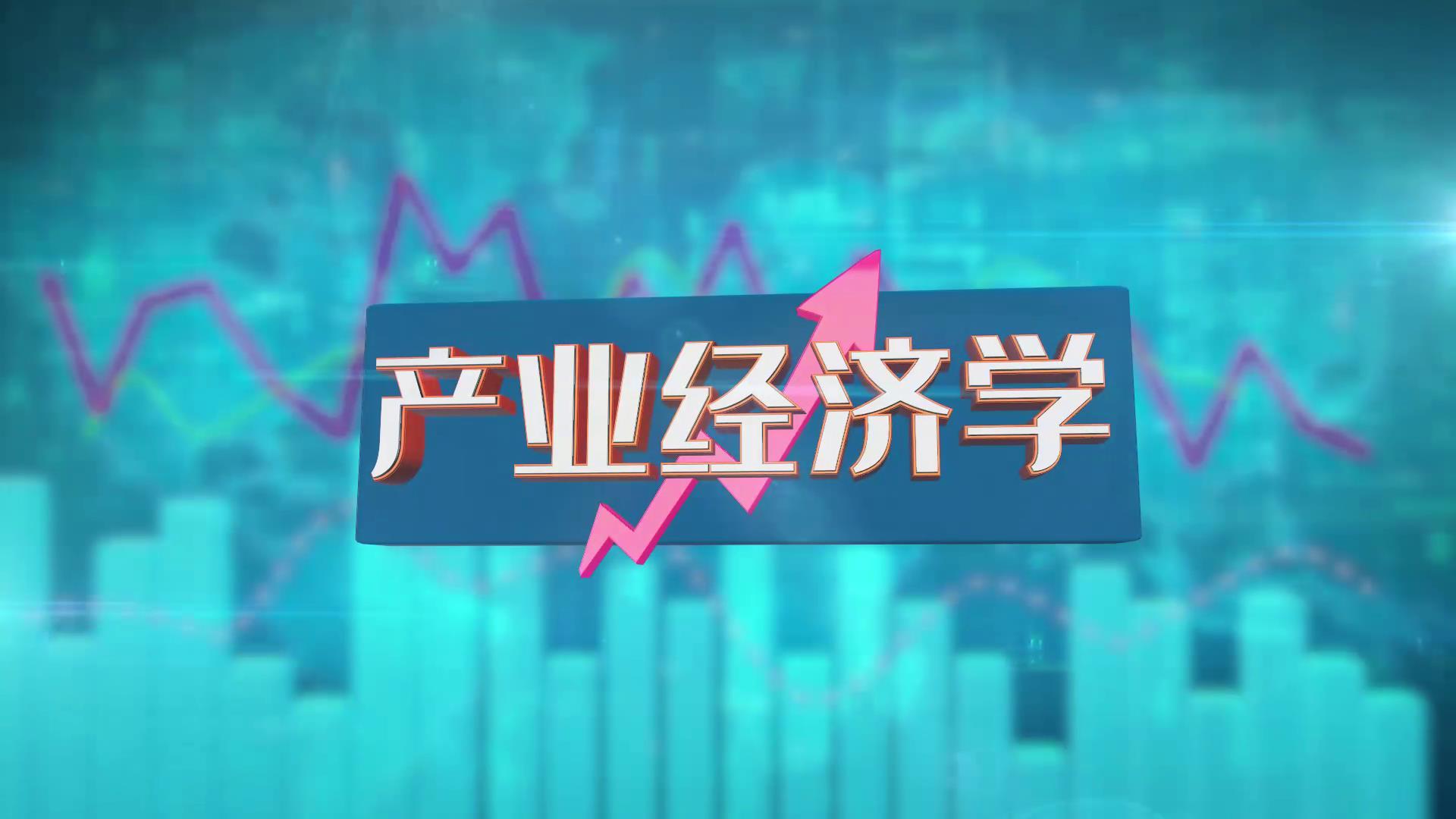第十章单元测试
- The theory of limit pricing suggests that firms may charge higher short-run prices to restrict future entry.
- In the original limit pricing models, one critical assumption was the Cournot assumption that the monopolist would maintain its output even after entry occurred.
- In limit pricing model, to deter entry, the monopolist must ( ) its price sufficiently to ensure that the potential entrant’s residual demand curve lies everywhere ( ) the potential entrant’s average cost curve.
- The lowest possible price the monopolist can charge and still prevent entry is called the limit price
- Even if economies of scale exist, a limit pricing policy still may not work in the absence of a cost advantage for the monopolist.
- Predatory pricing assumes that a monopolist maximizes profit until entry occurs, and that after entry, the monopolist expands output aggressively and cuts price.
- According to chain store paradox theory, even with hundreds or thousands of rounds in a predatory pricing game, entry will be accommodated only in the first round.
- A weak monopolist enjoys being predatory and is always predatory.
- A weak monopolist is predatory in one market only if it believes it will increase its future profit in other markets to at least compensate for its lower current profit.
- In predatory pricing game with information is imperfect, certain, incomplete, and asymmetric, the monopolist and the potential entrant all know whether the monopolist is strong or weak.
A:错 B:对
答案:错
A:对 B:错
A:lower, above B:lower, below C:raise. above D:raise below
A:对 B:错
A:错 B:对
A:错 B:对
A:错 B:对
A:对 B:错
A:对 B:错
A:对 B:错
温馨提示支付 ¥3.00 元后可查看付费内容,请先翻页预览!

